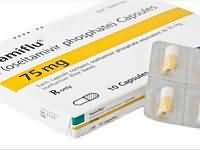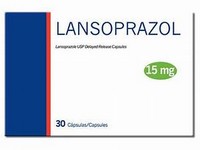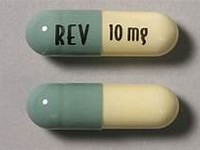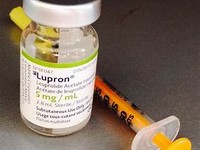oseltamivir

CLINICAL USE
Treatment and post-exposure prevention of influenzaDOSE IN NORMAL RENAL FUNCTION
Treatment: 75 mg twice daily for 5 days Post-exposure prevention: 75 mg once daily for at least 10 days; up to 6 weeks if epidemic in communityPHARMACOKINETICS
DOSE IN RENAL IMPAIRMENT
GFR (mL/MIN)
30–50 Dose as in normal renal function10–30 Treatment: 75 mg once daily or 30 mg twice daily Prophylaxis: 75 mg every 48 hours or 30 mg once dailyDOSE IN PATIENTS UNDERGOING RENAL REPLACEMENT THERAPIES
IMPORTANT DRUG INTERACTIONS
Potentially hazardous interactions with other drugsADMINISTRATION
Reconstition
–Route
OralRate of Administration
–Comments
–OTHER INFORMATION
Oseltamivir is a prodrug; extensively metabolised in the liver to the active carboxylate metaboliteAt least 75% of the oral dose reaches the systemic circulation as the carboxylateAll the active metabolite is excreted in the urineA lower dose is required in severe renal disease due to the active metabolite accumulating
See how to identify renal failure stages according to GFR calculation
See how to diagnose irreversible renal disease
Home








